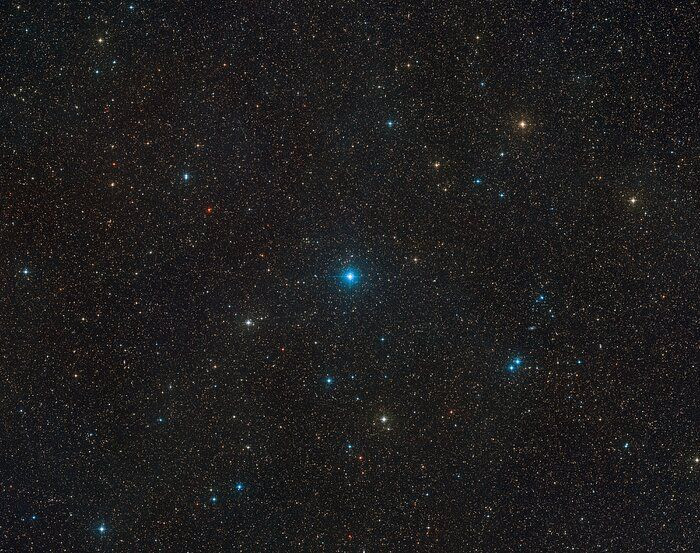ESO Scientists Discover Closest Black Hole To Earth
KEY POINTS
- ESO scientists discovered the closest black hole to Earth
- The black hole is located in a binary star system
- HR 6819 can be spotted from Earth with the naked eye
Scientists at the European Southern Observatory (ESO) were able to detect the closest black hole to Earth. According to the scientists, the black hole is so close that its location is visible to the naked eye.
The scientists were able to detect the black hole using the 2.2-meter telescope of the La Silla Observatory in Chile. It is located in a binary star system known as HR 6819.
ESO scientists made their discovery as they were observing the system. At first, they initially thought that the system only contains two stellar objects. However, upon closer inspection, the scientists found traces of a stellar-mass black hole, which was formed following the collapse of a dying star.
According to the scientists, they were able to detect the presence of a black hole after noticing its gravitational interactions with the two stars of the system. Through follow-up observations, the scientists were able to discover that the black hole is about four times more massive than the Sun.
HR 6819 is located about 1,000 light-years from Earth’s neighborhood. Prior to the system’s discovery, the closest known black hole to Earth lies about 3,000 light-years away. This means that the black hole on HR 6819 is currently the closest known black hole to Earth.
Of course, scientists only know about the black holes that were already discovered. There could be other black holes lurking close to Earth that are yet to be found.
“There must be hundreds of millions of black holes out there, but we know about only very few,” ESO scientist Thomas Rivinius said in a statement. “Knowing what to look for should put us in a better position to find them.”
The scientists noted that due to its distance from Earth, the black hole’s location could be spotted without using a telescope or other equipment. However, since black holes are known to consume everything including light, HR 6819’s black hole can’t be spotted easily with the naked eye.
Instead, sky gazers can observe the two stars of HR 6819. These two stars can be spotted in the constellation Telescopium. They are located near the border of the Pavo constellation. They are slightly brighter than Uranus, which is the dimmest visible planet in the sky.

© Copyright IBTimes 2024. All rights reserved.





















